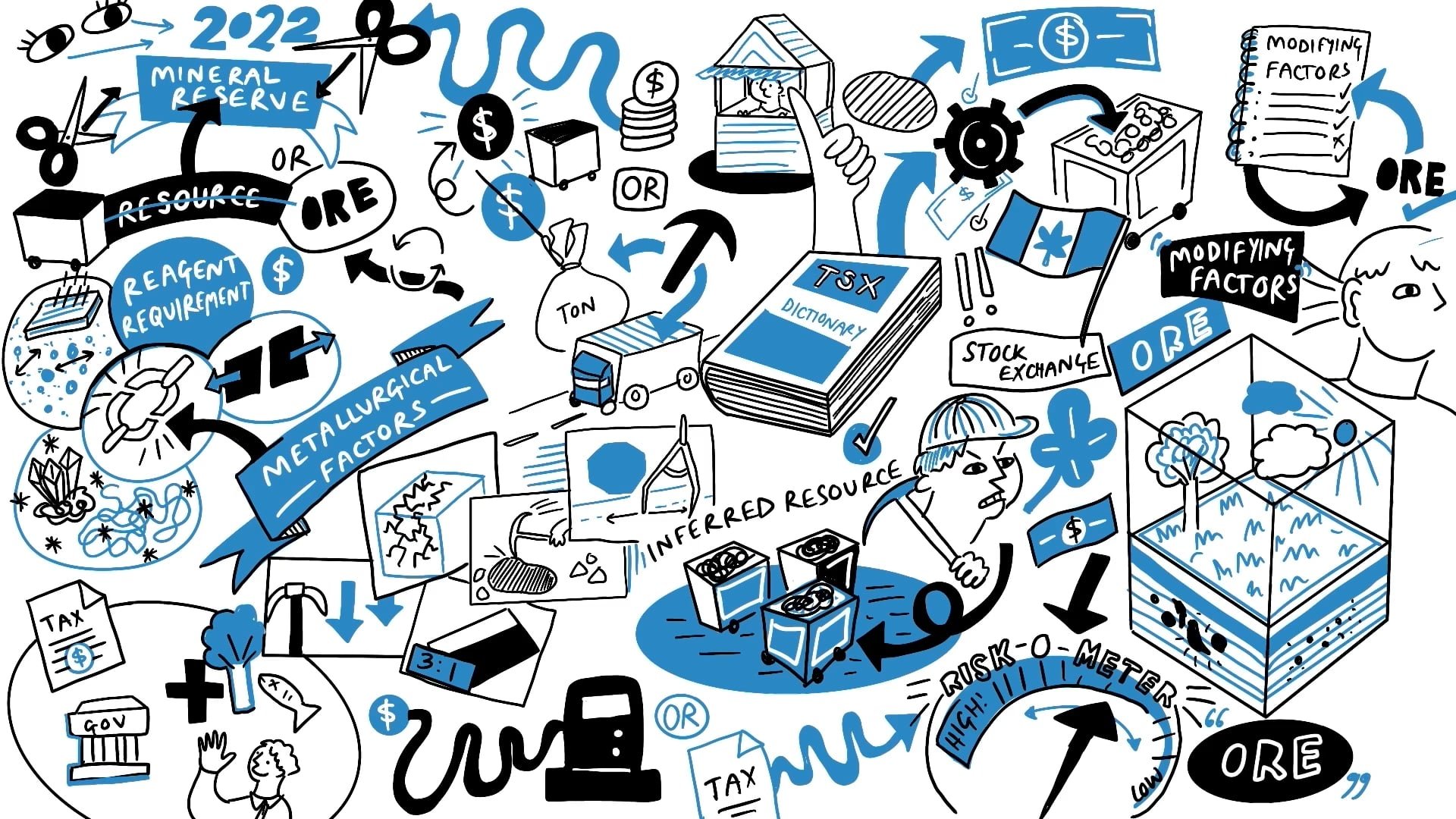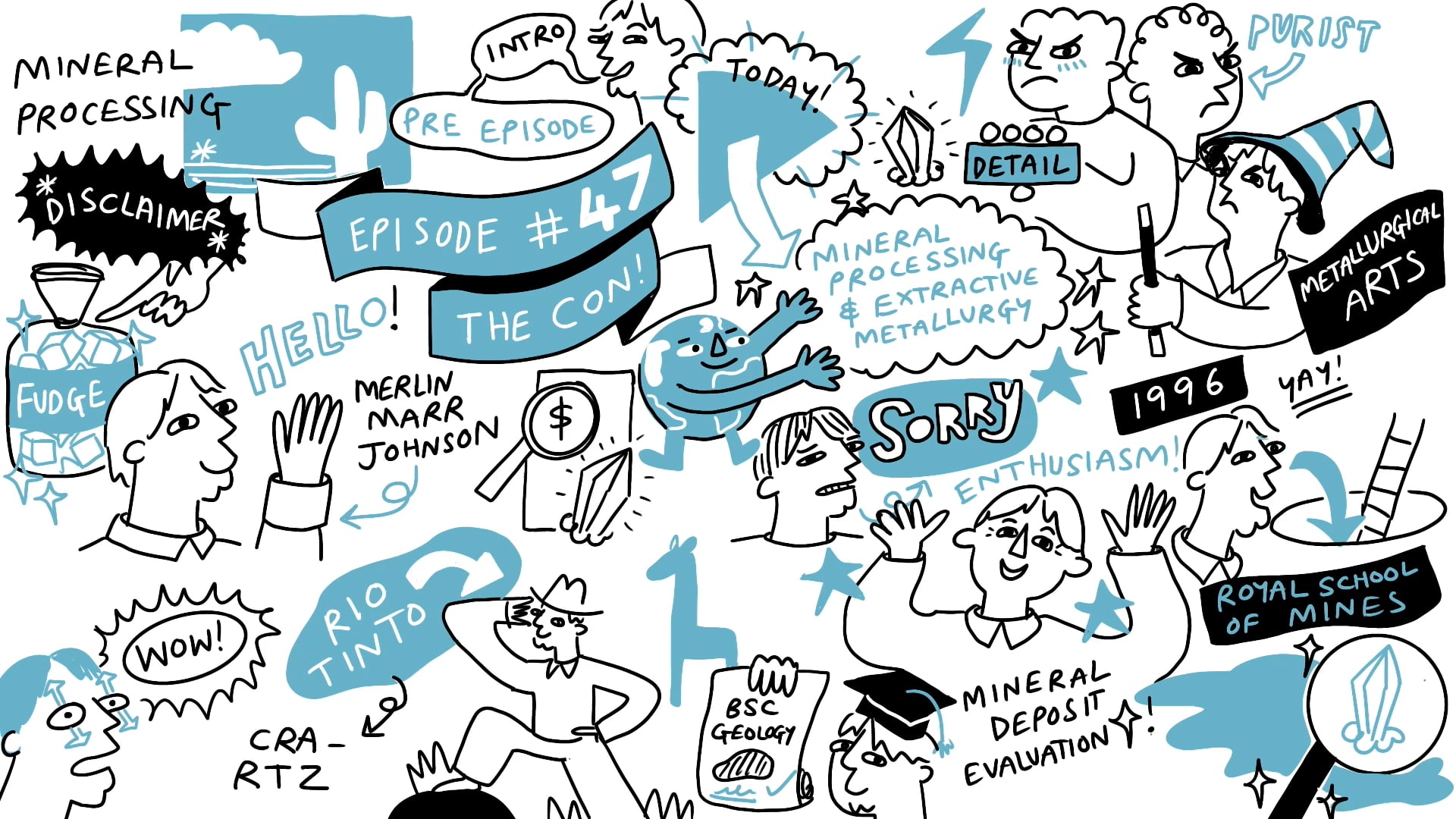Mining: General observations
.jpg)
More episodes
Transcript
General observations
I think I will finish off by just making some general observations. Firstly, running a mine is a dirty and a difficult and a laborious exercise. It needs mining people to do it and really, unless you've got a properly big organisation, it's incompatible with exploration. So, if you come across a company that says, we’re going to start a small mine and with the money, we're going to build out the big mine, or as they say, with the money we're going to explore for a big deposit. In my opinion, it's just much better to walk away at that point. The reason is that small mines take just as much effort as big mines, and they rarely make any money at all. Okay, so much better for the company to, instead of starting a small mine and trying to use the profits to build a big mine or to explore for a big deposit it’s much better for that company to raise capital, do the job properly, and build a big mine or explore for a big deposit, but small mines, waste of time and effort. There are very, very few occasions when this is not quite the case. The general rule walk away from a small mine.
2nd observation, avoid narrow underground mines in public companies. They've just got too few tonnes per vertical metre to make any money. You've got to have so many developments going these narrow underground mines unless they're spectacular grade they're just better suited for a family office to mine a few 1000oz per annum. But anything less than 2 or 3m it's just too hard. Small mines beware when small mines come into production, because you just need a lot of development. Making profit is a function of volume and margin and small mines do not work. It's very hard to get momentum, it's very hard to get some commercial relevance or getting traction on the market. I mean, for years, some of these smaller mines have struggled to grow their market capitalization, which means that as they can continually come back to the market for extra dilution, effectively, what you're seeing is a falling share price walk away.
I think my next point is that when you see a new mining company coming up with their operating estimates of how much money they're going to make, I would say add at least 50% to the operating cost and 50 to 100% of your capital cost. It's much safer to do that. And if the ore deposit and the mine stacks up, once you've done that, then fine. But if it doesn't, walk away. Another point is that working capital or the lack of funds can kill a project, especially in a falling commodity price environment, and especially during the development phase. So you really need to have a properly funded development phase and obviously, beware huge downturn in commodity prices, it’s much better to get out in 10 sectors if you are in a structural downturn.
I think the next observation I'd make is that mines work better when you're in a mining area. It's good when you've got skilled people, it's good when you've got spare parts. I've seen a mine coming into production in Liberia, it was the new Liberty Gold mine by Aureus Mining. And yes, the final hablo was the Ebola virus but they were in trouble long before that. And that was a function of not having mining people in the country and also not having any spare part. And it's not just mining, but it was the mineral processing as well. But there was no kind of spare part inventory, so the mine had to carry a much higher inventory of spare parts and the Capex. The cost of that put a huge strain on the finances. So mining does love company. I mean, it's pretty obvious.
My next point is that underground mining is a very, very specialist expertise. Well, all mining is specialist expertise. You really want to have people who've done it before and last few points in a downturn. What happens is that mining companies start high grading, which impacts the overall grade of the deposit. They cut down on development Capex and they cut down on maintenance and training. So typically, this means that there's often a significant lag on a recovery of prices. So underground mines can't necessarily just restart in a higher price environment. They've got to re hire, you've got to train people, you've got to rescale people and, in some cases,, you've got to dewater the mine. So this is why you get a lag in the production response to a price recovery after a downturn.
And my final point is that grade is absolutely King, is crucial to making money. Yes, we've talked about the cost per tonne being a function of your production rate. So, your cost per tonne of mining goes from in an open pit $10/t all in through to a certain small, narrow underground deposit at depth up to $200/t. And the throughput rate is a fundamental controller of your costs line but grade is the controller of your revenue line. So, grade is king, the high grade the better. Thank you very much.










































.jpg)
.jpg)
.jpg)















